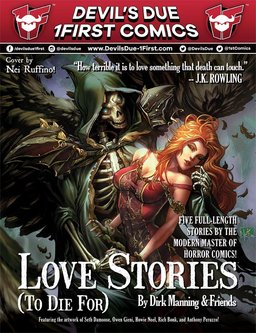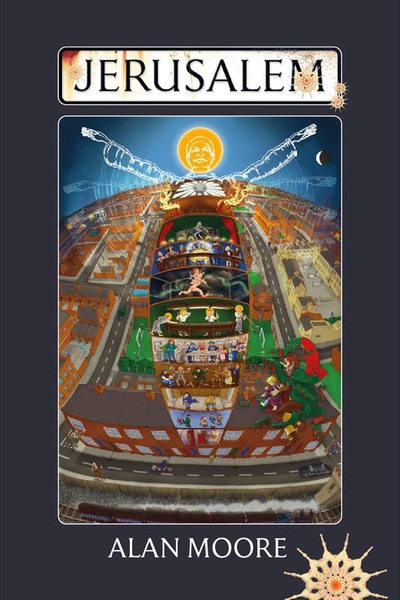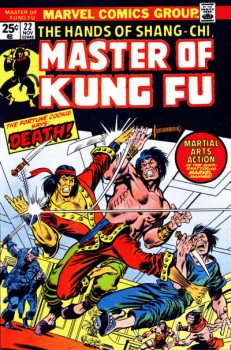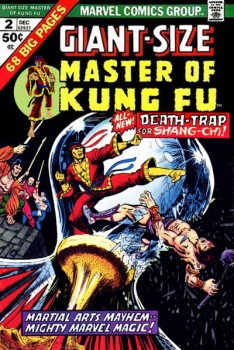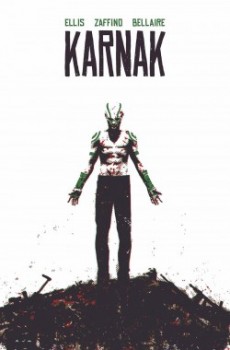Goth Chick News: The Original Men in Tights Are Still the Best Men in Tights…
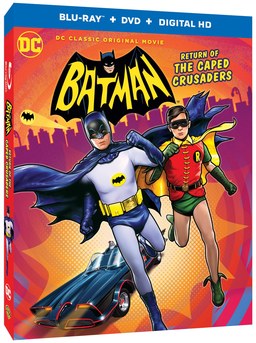 After last week’s rant about the evils of tampering with original story-telling genius, it’s time for us all to take a deep breath and collectively cleanse our entertainment pallets with some really inspired news. Though it’s not traditional Goth Chick fare, I could not help but emit a little fangirl squee at the following.
After last week’s rant about the evils of tampering with original story-telling genius, it’s time for us all to take a deep breath and collectively cleanse our entertainment pallets with some really inspired news. Though it’s not traditional Goth Chick fare, I could not help but emit a little fangirl squee at the following.
Fifty years after first donning tights to play Batman and Robin on TV, Adam West and Burt Ward are back in a movie titled Batman: Return of the Caped Crusaders.
Just let that sink in for a moment, and repair your tattered psyches.
Okay, so it’s an animated feature brought to us by Warner Bros., and it’s a direct-to-DVD release. But the important thing here is that rather than landing some current Hollywood hotties to do cameo voice over work, or worse yet some nameless talking heads, WB sought out the original actors, West age 88 (Bruce Wayne / Batman) and Ward age 71 (Dick Grayson / Robin) along with an 83-year-old Julie Newmar (Catwoman) to reprise their roles.
The original Batman television series premiered in 1966 and ran for three successful seasons. It was a very “swinging sixties” creation with a colorful theme song and comedic tone, coupled with some overt sexuality and topical themes (a heady combo for mid-century television viewers). In the years since it has passed into the pop cult stratosphere, as we witnessed when West, Ward and Newmar made an appearance at the 2013 Chicago Comic and Entertainment Expo (C2E2). Attendees who purchased autographs in advance still faced nearly a three-hour wait and the stars were sequestered in a separate part of the facility, likely for their own protection from the rabid fans.
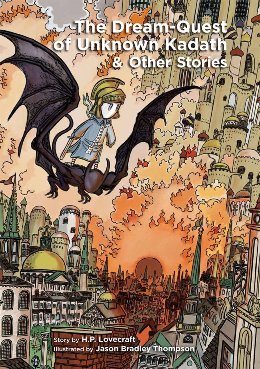
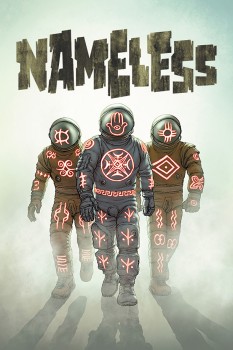
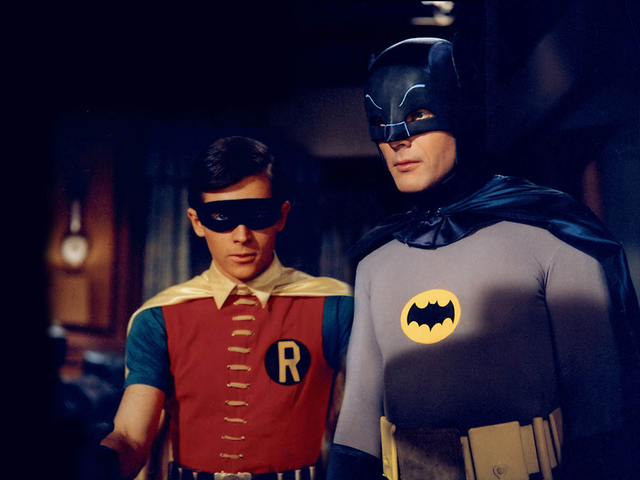
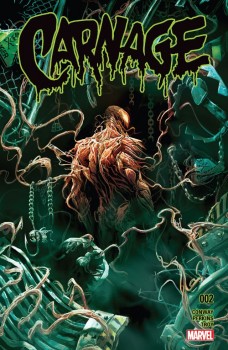
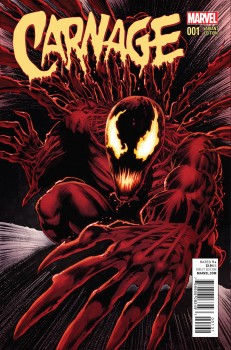 I’ve been thinking about horror again, as a genre. I’ve been trying to read some Cthulhu stuff; I’ve reread some Image and Marvel horror comics; and I’ve also recently read Ellen Datlow’s Best Horror of the Year #8. Lots to mull over.
I’ve been thinking about horror again, as a genre. I’ve been trying to read some Cthulhu stuff; I’ve reread some Image and Marvel horror comics; and I’ve also recently read Ellen Datlow’s Best Horror of the Year #8. Lots to mull over.